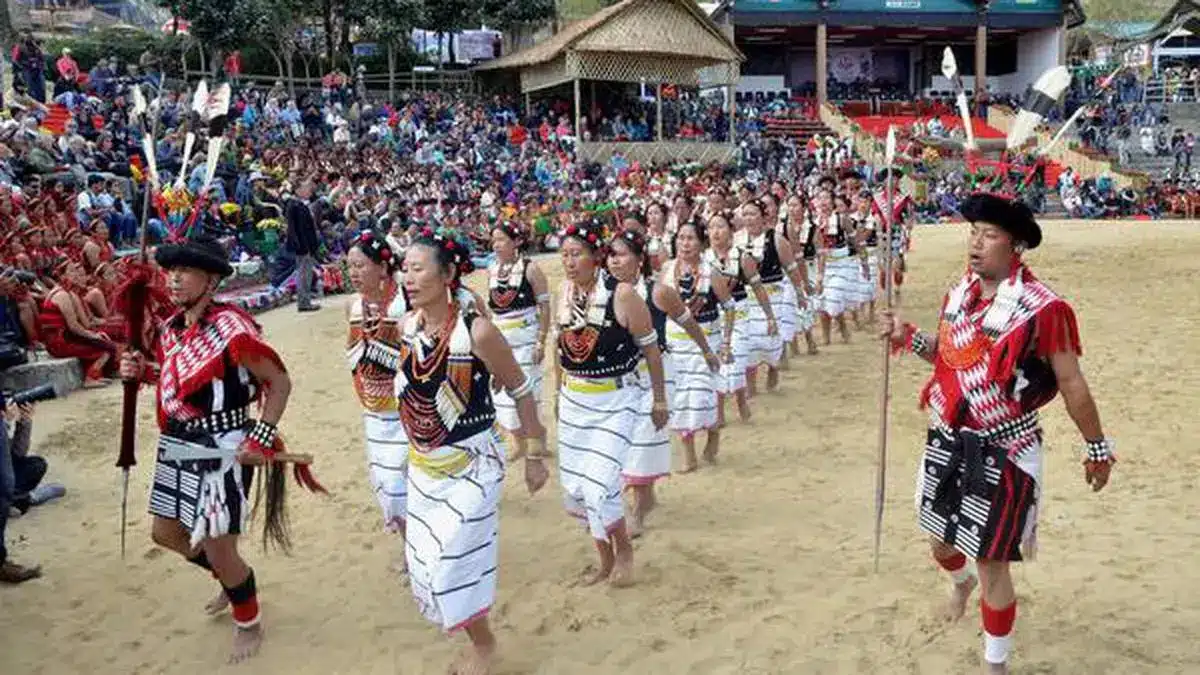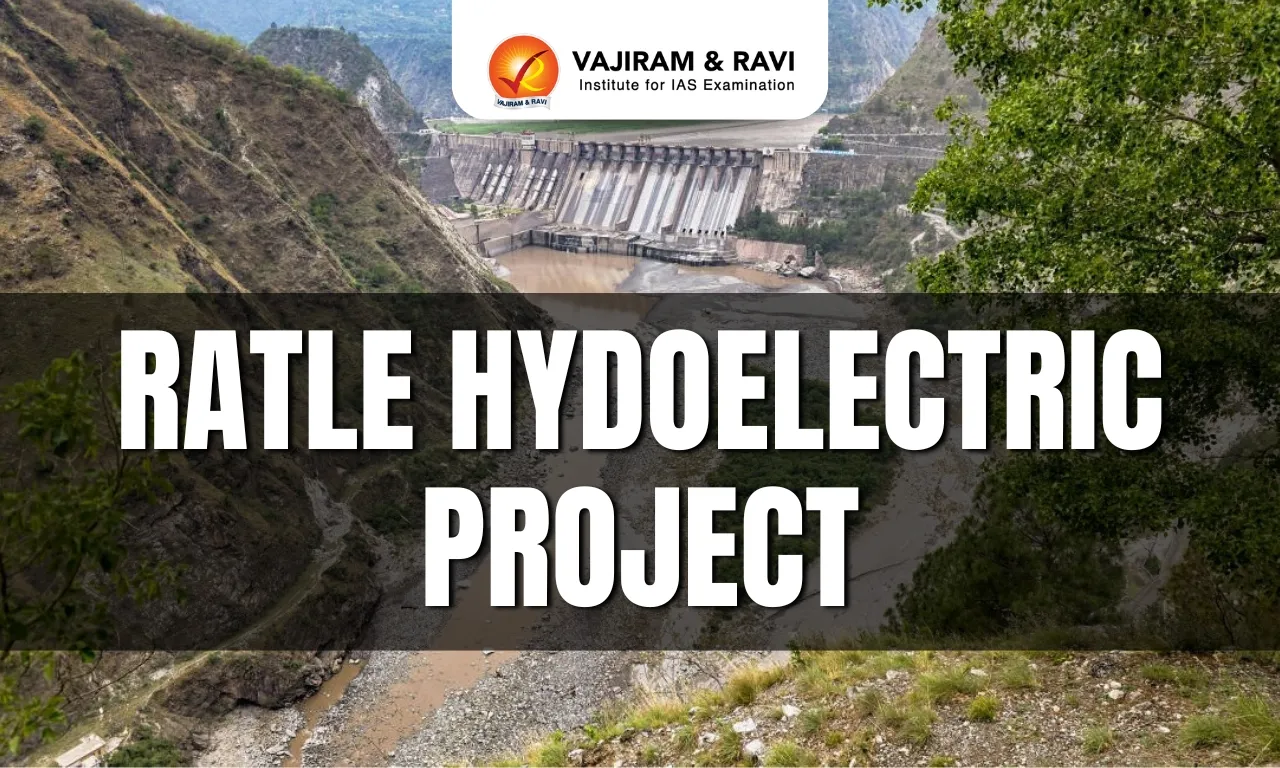About Article 371
- Article 371, under part XXI of the Indian Constitution, grants some temporary, transitional and special powers for certain States.
- It has been part of the Constitution since 26 January, 1950.
- However, Articles 371(A-J) was brought in via amendments through Article 368.
- Article 371
- It deals with the States of Maharashtra and Gujarat. As per the provision, the Governor of Maharashtra has a special responsibility to establish separate development boards for Vidarbha, Marathwada, and the rest of the State.
- The Governor of Gujarat has a similar responsibility towards Saurashtra, Kutch and the rest of Gujarat.
- Article 371A
- Under the provision, no Act of Parliament about the religious or social practices of the Nagas, their customary law and procedure, including civil and criminal justice matters, and ownership or transfer of land and resources will apply to Nagaland, unless the State’s Legislative Assembly passes a resolution to do so.
- It further gives the Governor a ‘special responsibility’ regarding law and order in the State.
- Article 371B
- It deals with Assam, and was brought in 1969. It allows the President to deal with the Constitution and functioning of a committee of the Legislative Assembly comprising members elected from the tribal.
- Article 371C
- It applies to Manipur and was inserted into the Constitution in 1972. It provides for the constitution of a committee of legislators from the Hill Areas of Manipur.
- It gives the Governor a special responsibility to make an annual report to the President on the administration of the Hill Areas.
- Articles 371D and E
- It includes special provisions for Andhra Pradesh and Telangana.
- The President can pass an order to provide equitable opportunities and facilities to people belonging to different parts of Andhra Pradesh in public employment and education.
- Article 371F
- It is applicable to Sikkim and it states that the State Legislative Assembly shall consist of at least 30 members.
- The Governor has a special responsibility for the maintenance of peace and equitable arrangements for ensuring the social and economic advancement of different sections.
- Article 371G
- It applies to Mizoram. It includes special provisions to preserve the religious and social practices, customary law, and procedure of Mizos in Mizoram, as well as for the administration of criminal and civil justice, besides ownership and transfer of land.
- Article 371H
- It confers a special responsibility on the Governor of Arunachal Pradesh concerning law and order.
- Article 371I
- It relates to Goa. It requires the Legislative Assembly of Goa to consist of not less than 30 members.
- Article 371J
- It accords special status to the Hyderabad-Karnataka Region (Kalyana Karnataka), and provides for the establishment of a separate development board for the area.
Q1: What is the doctrine of checks and balances?
The doctrine of checks and balances states that each organ of the government shall act on the other organs in such a way as to prevent them from becoming totalitarian and to prompt them towards fulfilling their constitutional obligations.
Source: What is Article 371 and what are the protections it provides? | Explained
Last updated on December, 2025
→ Check out the latest UPSC Syllabus 2026 here.
→ Join Vajiram & Ravi’s Interview Guidance Programme for expert help to crack your final UPSC stage.
→ UPSC Mains Result 2025 is now out.
→ UPSC Notification 2026 is scheduled to be released on January 14, 2026.
→ UPSC Calendar 2026 is released on 15th May, 2025.
→ The UPSC Vacancy 2025 were released 1129, out of which 979 were for UPSC CSE and remaining 150 are for UPSC IFoS.
→ UPSC Prelims 2026 will be conducted on 24th May, 2026 & UPSC Mains 2026 will be conducted on 21st August 2026.
→ The UPSC Selection Process is of 3 stages-Prelims, Mains and Interview.
→ UPSC Result 2024 is released with latest UPSC Marksheet 2024. Check Now!
→ UPSC Prelims Result 2025 is out now for the CSE held on 25 May 2025.
→ UPSC Toppers List 2024 is released now. Shakti Dubey is UPSC AIR 1 2024 Topper.
→ UPSC Prelims Question Paper 2025 and Unofficial Prelims Answer Key 2025 are available now.
→ UPSC Mains Question Paper 2025 is out for Essay, GS 1, 2, 3 & GS 4.
→ UPSC Mains Indian Language Question Paper 2025 is now out.
→ UPSC Mains Optional Question Paper 2025 is now out.
→ Also check Best IAS Coaching in Delhi

















